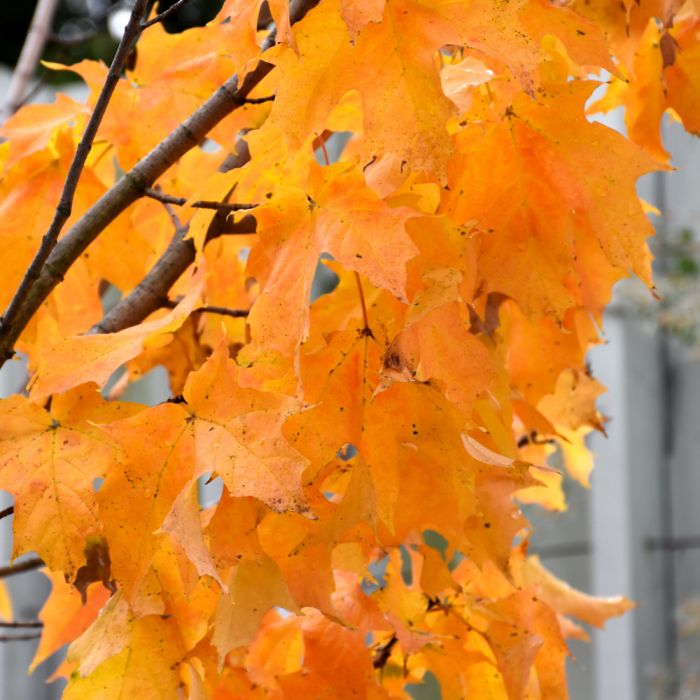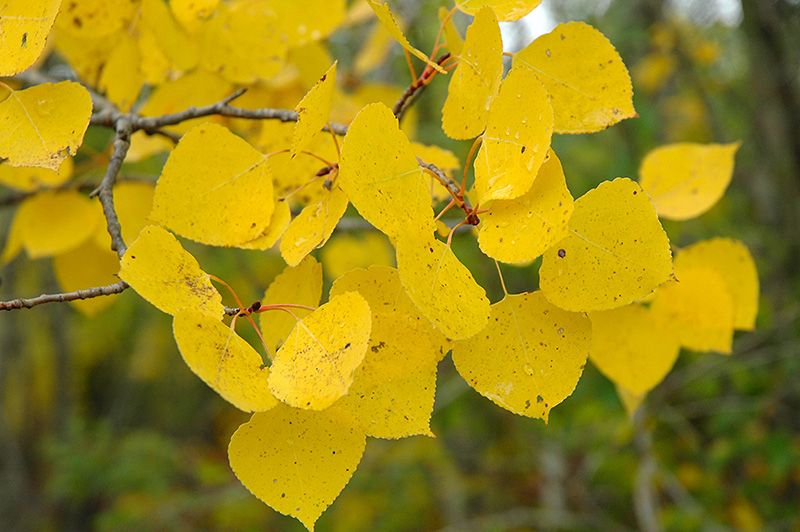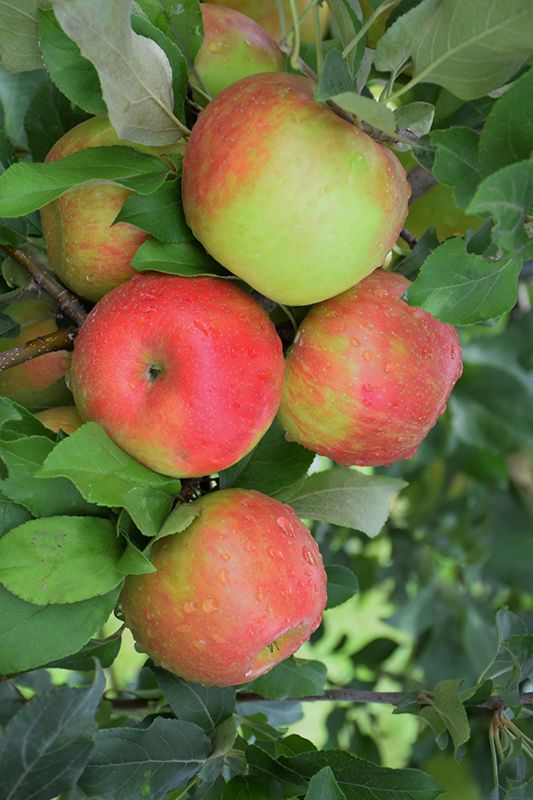Acer, Sugar Maple 'Apollo®' (Large Sizes)



Out of stock
Coming soon, still growing- Sun Preference
- Full-Sun, Part-Sun
Description
Compact, narrow columnar maple with dark green foliage. Resistant to Japanese beetle. Beautiful fall color in mixed shades of yellow, orange, and red.
Minnesota's Largest Selection of Trees
At Minnesota's Destination Garden Center, we offer a diverse range of trees to suit any landscaping need. Whether you're looking for shade trees to cool your home or ornamental trees to add beauty and interest, you'll find the perfect tree at Gertens. Our knowledgeable staff can help you select the right tree for your space and provide tips for care and maintenance. Visit Gertens today and explore the unmatched variety of trees to enhance your outdoor environment!
Details
Apollo® Sugar Maple is primarily valued in the landscape for its rigidly columnar form. It has forest green deciduous foliage. The lobed leaves turn outstanding shades of gold, orange and coppery-bronze in the fall.
Apollo® Sugar Maple is a dense deciduous tree with a narrowly upright and columnar growth habit. Its average texture blends into the landscape, but can be balanced by one or two finer or coarser trees or shrubs for an effective composition.
This is a relatively low maintenance tree, and should only be pruned in summer after the leaves have fully developed, as it may 'bleed' sap if pruned in late winter or early spring. It has no significant negative characteristics.
Apollo® Sugar Maple is recommended for the following landscape applications;
- Accent
- Shade
- Vertical Accent
- Hedges/Screening
Apollo® Sugar Maple will grow to be about 30 feet tall at maturity, with a spread of 12 feet. It has a low canopy with a typical clearance of 4 feet from the ground, and should not be planted underneath power lines. It grows at a slow rate, and under ideal conditions can be expected to live to a ripe old age of 100 years or more; think of this as a heritage tree for future generations!
This tree should only be grown in full sunlight. It prefers to grow in average to moist conditions, and shouldn't be allowed to dry out. It is not particular as to soil pH, but grows best in rich soils. It is somewhat tolerant of urban pollution. This is a selection of a native North American species.
More Information
| Gerten Grown Plants | Gerten Grown Plants |
|---|---|
| Tree Type | Shade & Ornamental |
| Sun Preference | Full-Sun, Part-Sun |
| Mature Height (Range) | 25 - 50 feet |
| USDA Hardiness Zone | 4, 5, 6, 7 |
| Common Family Name | Maple |


